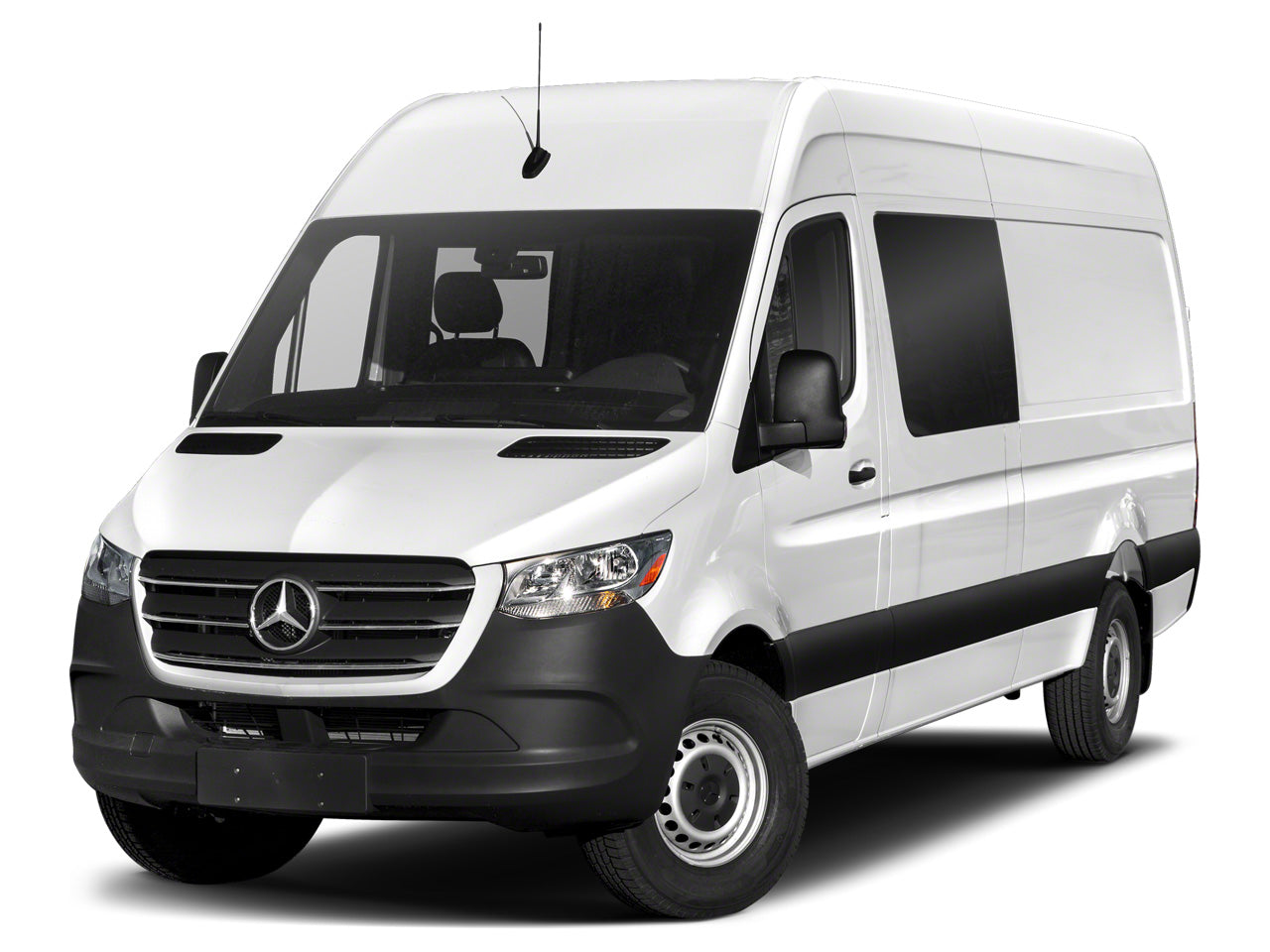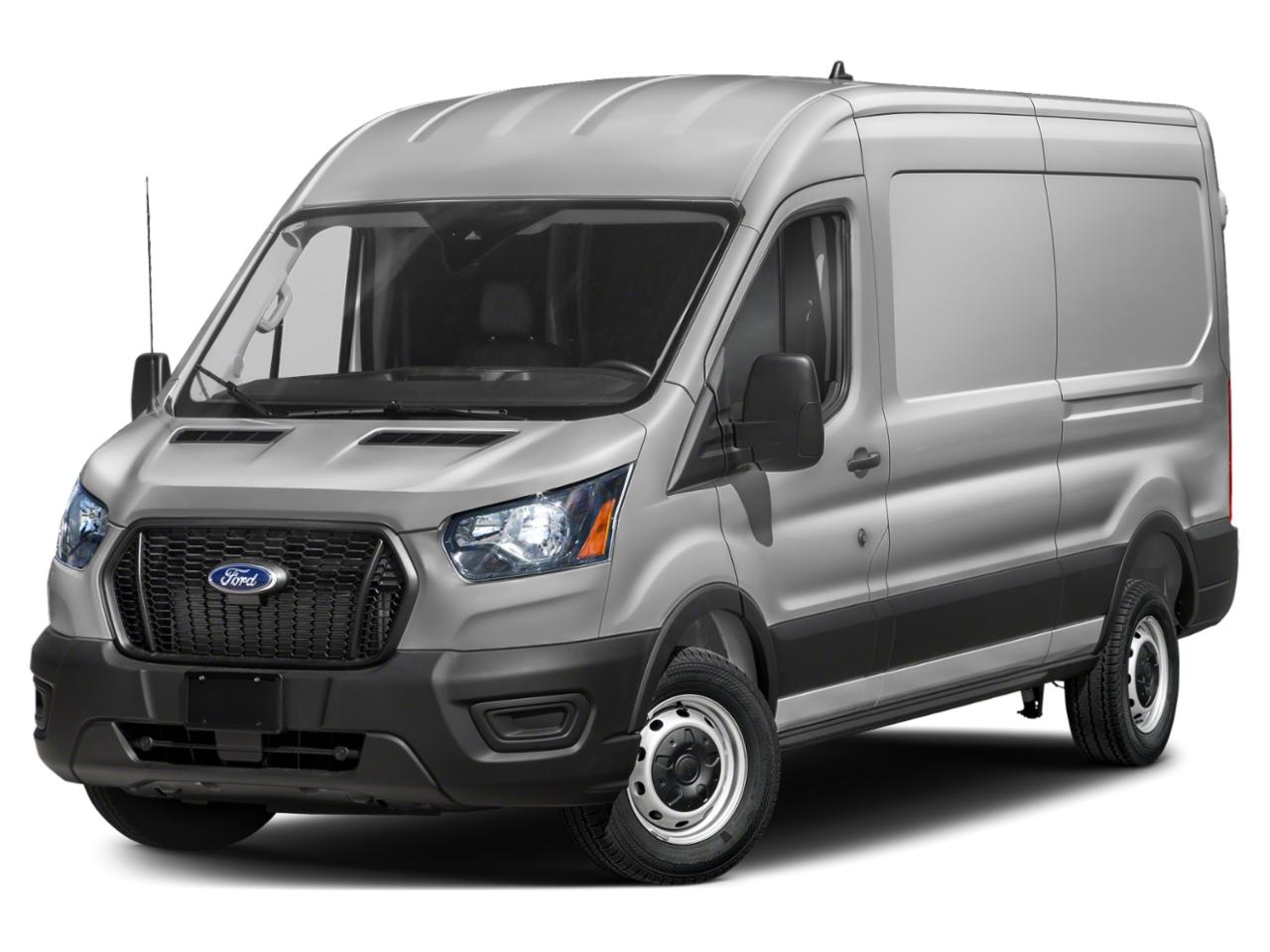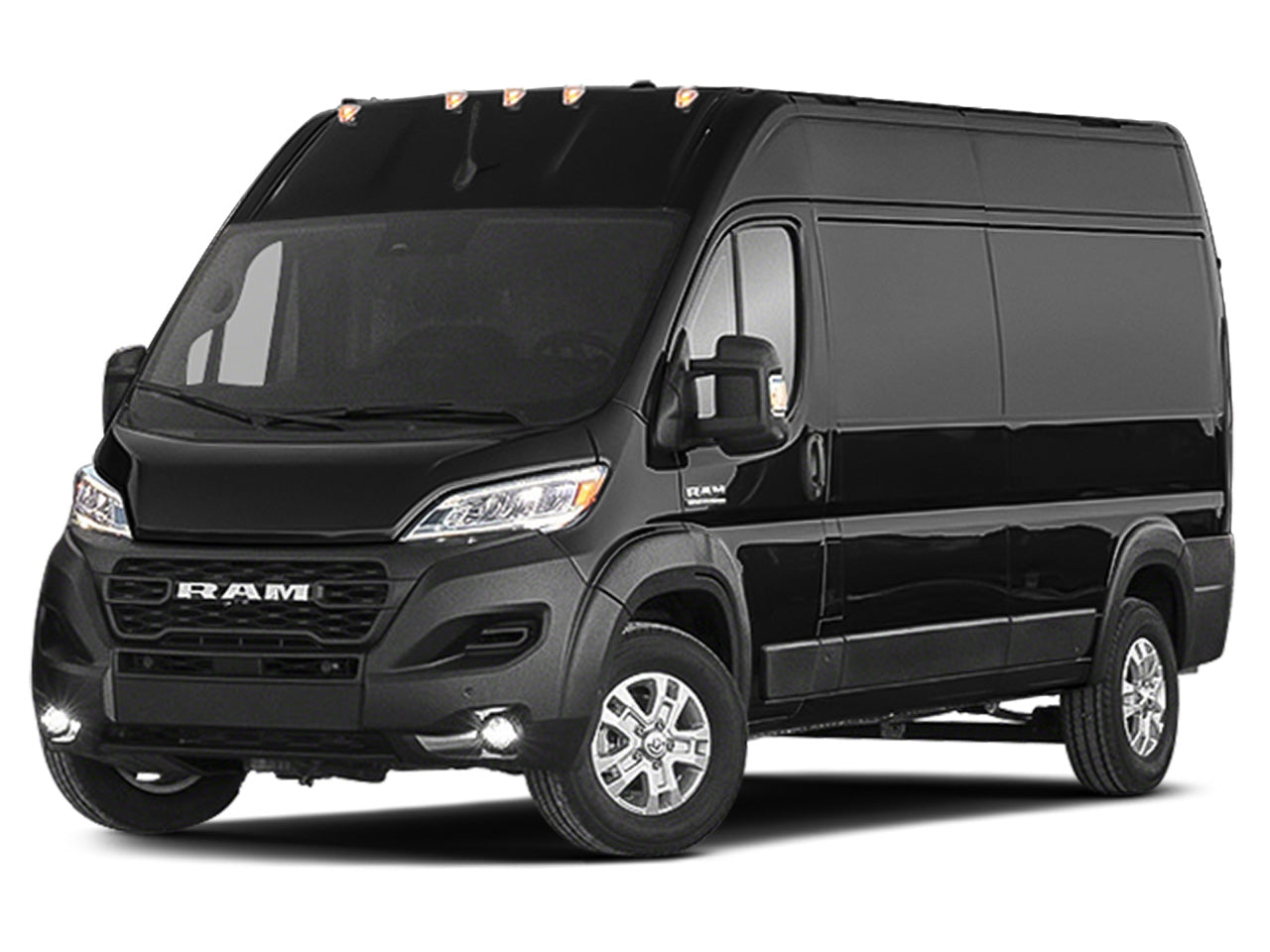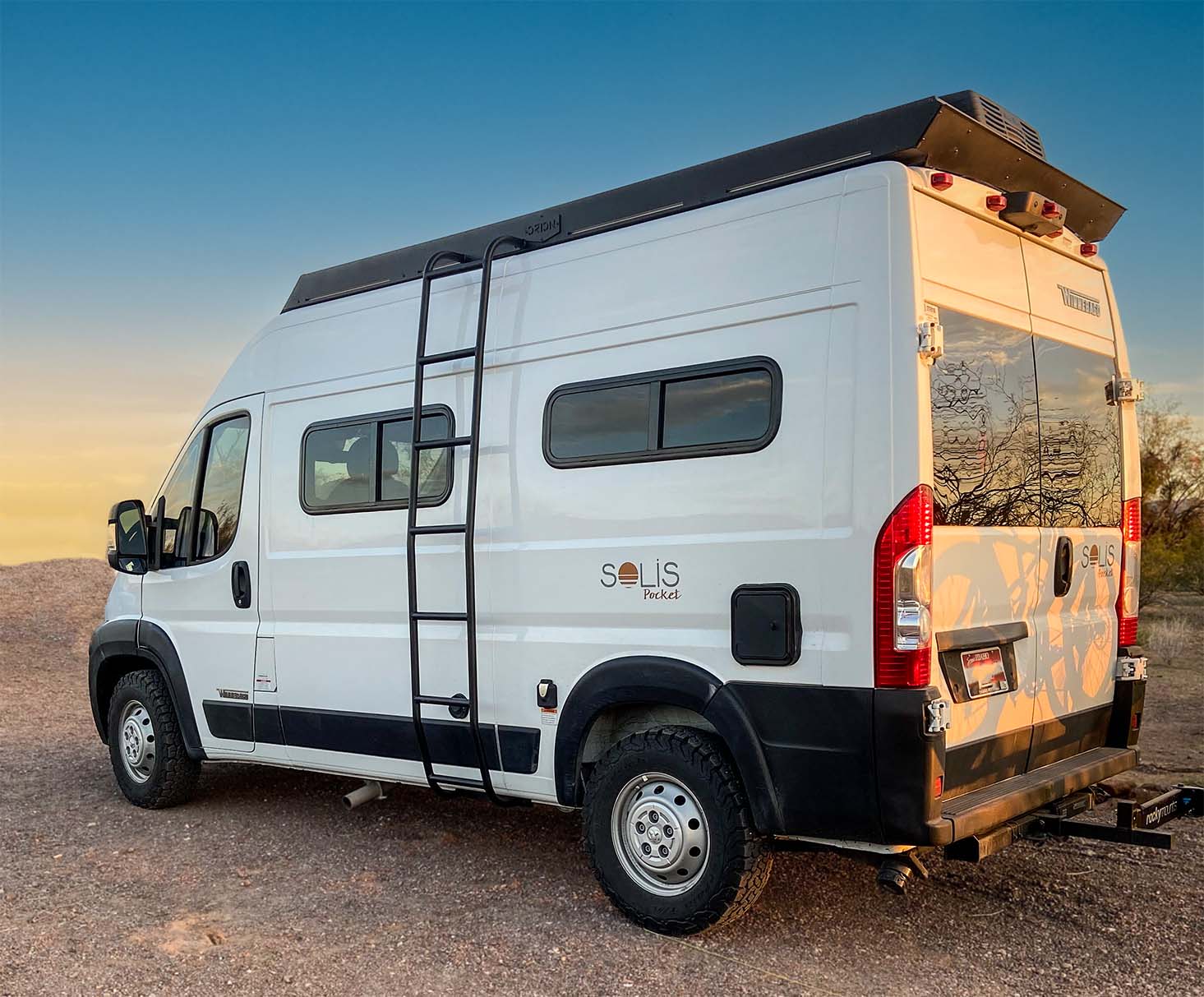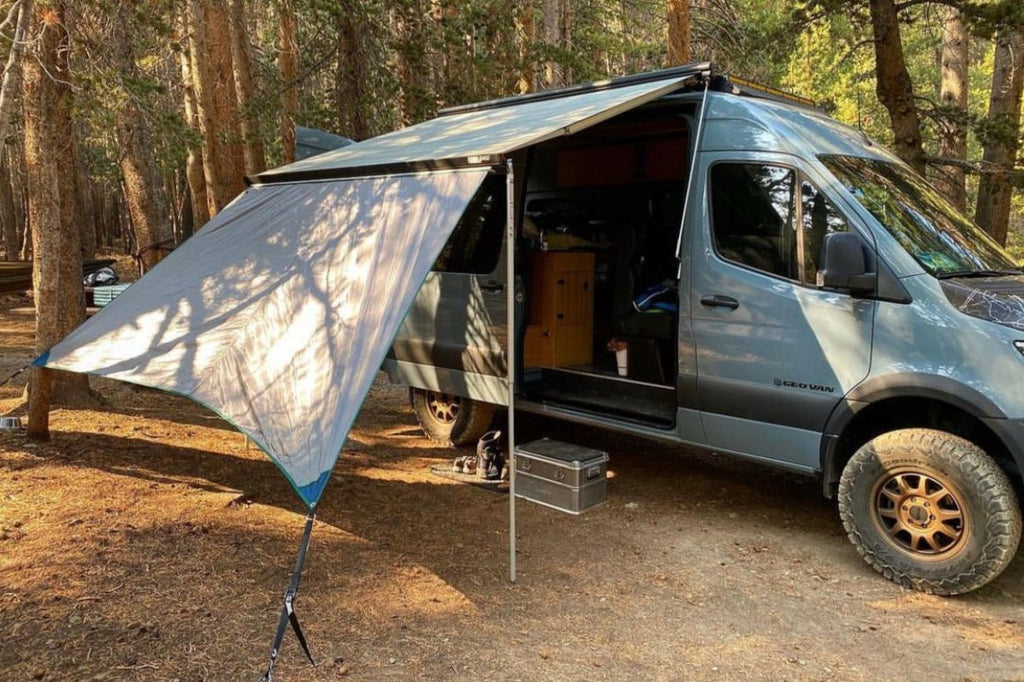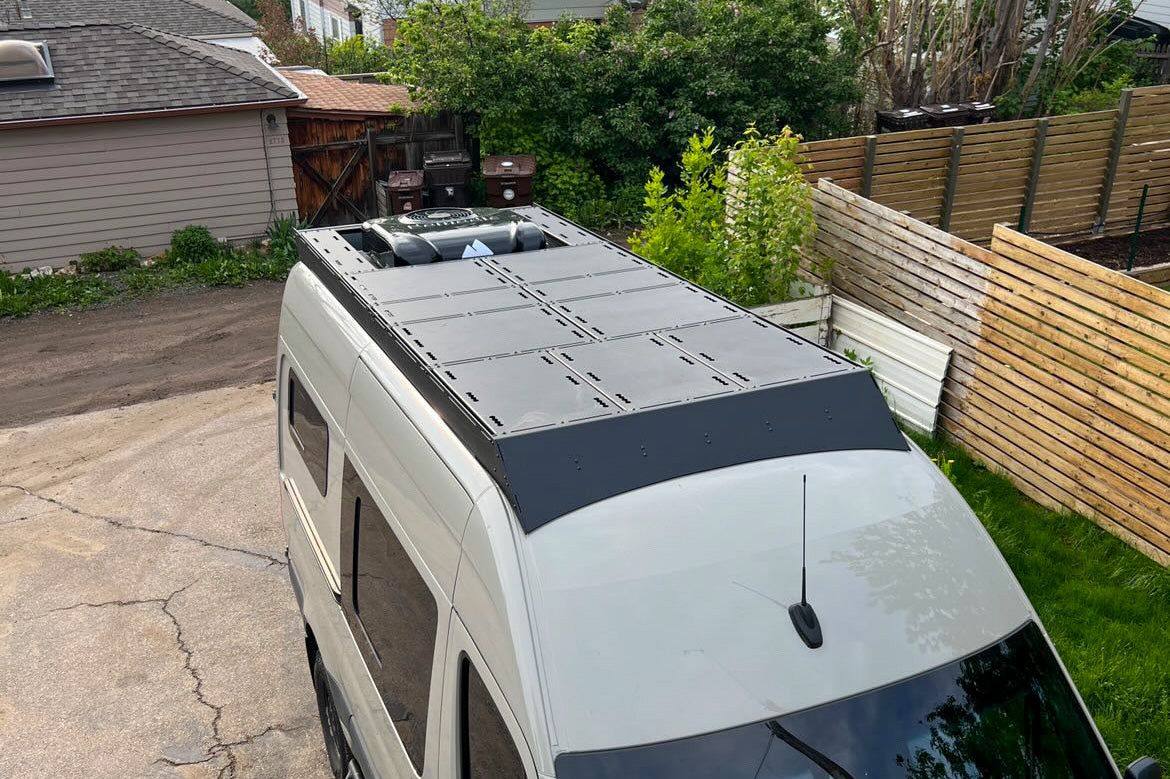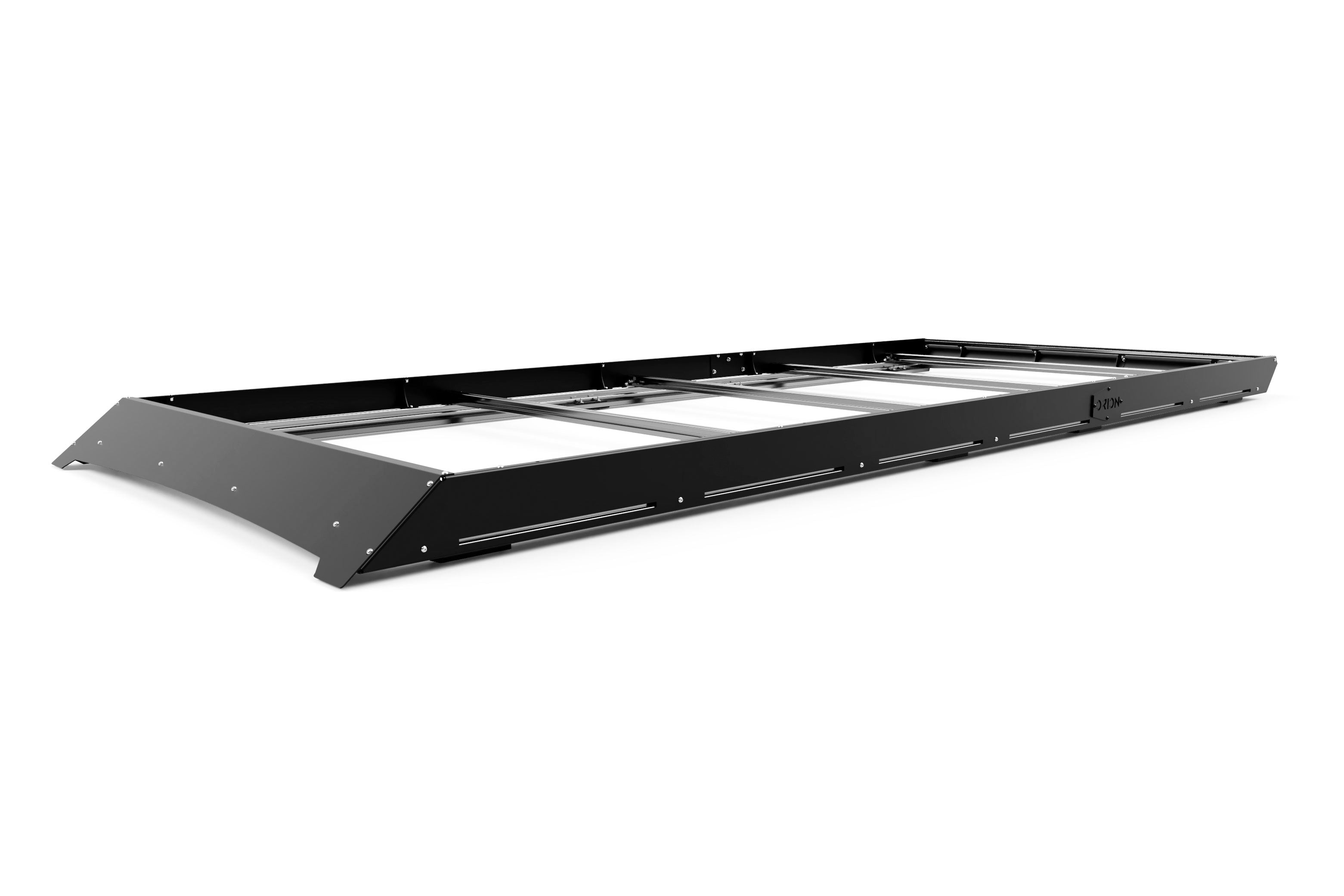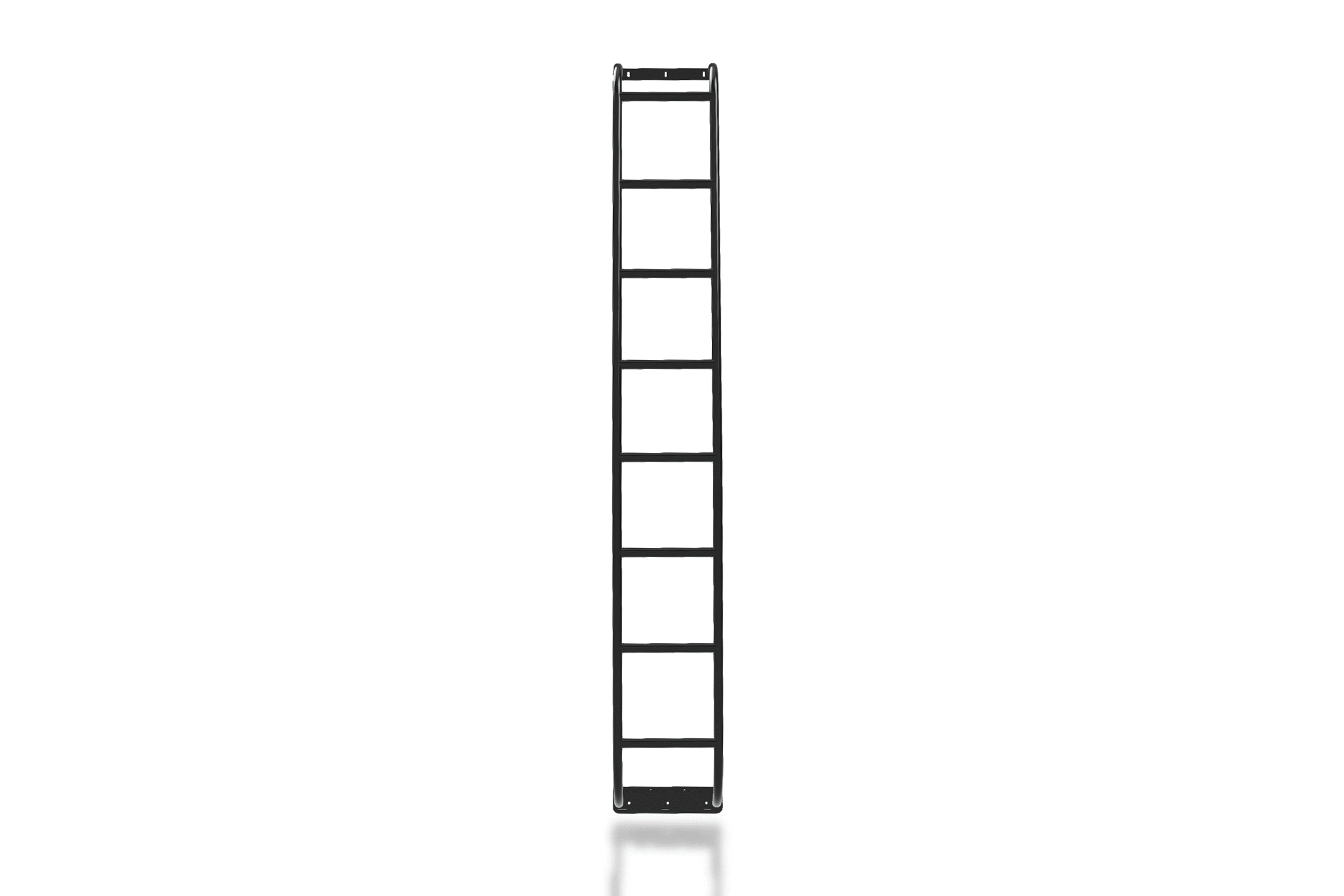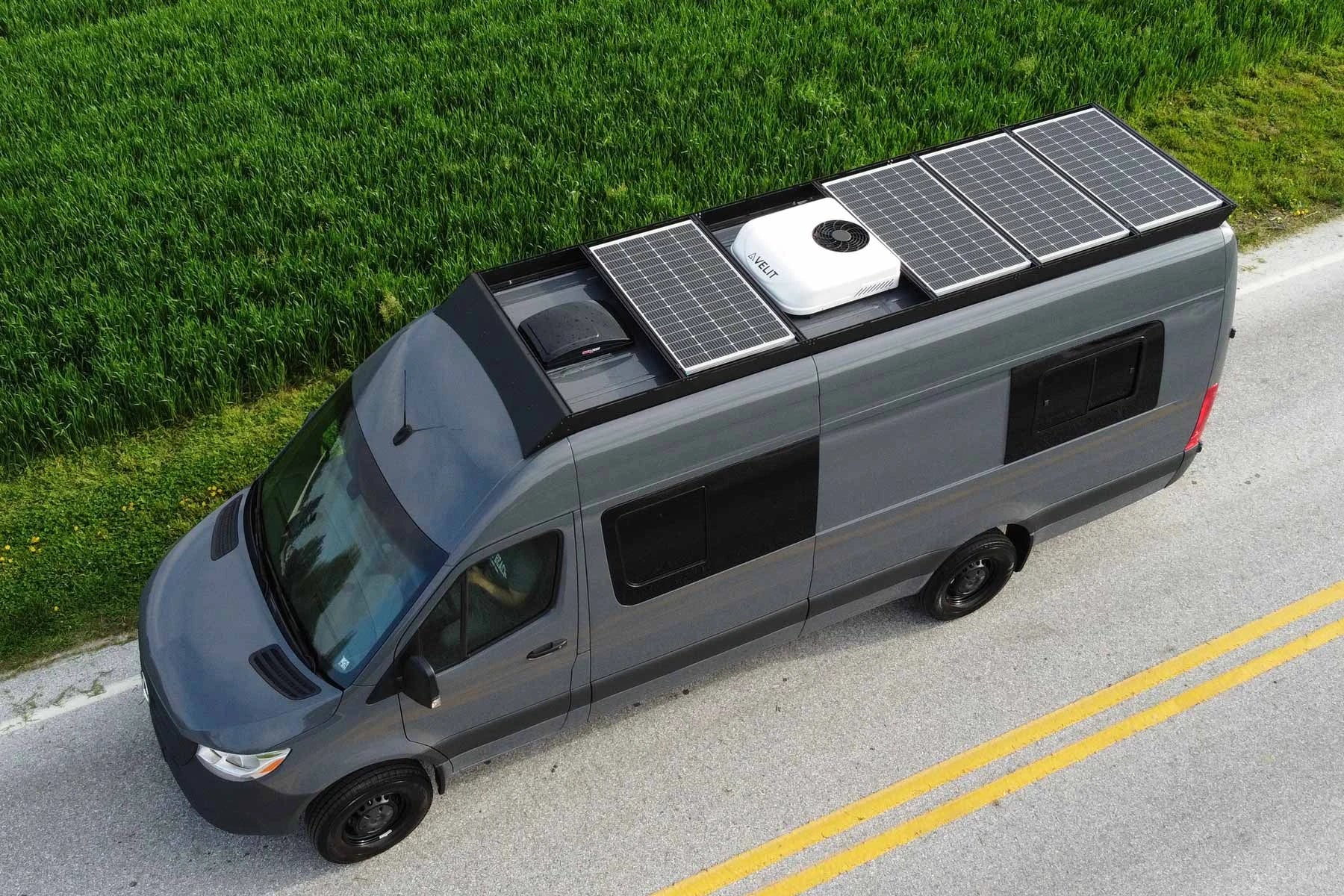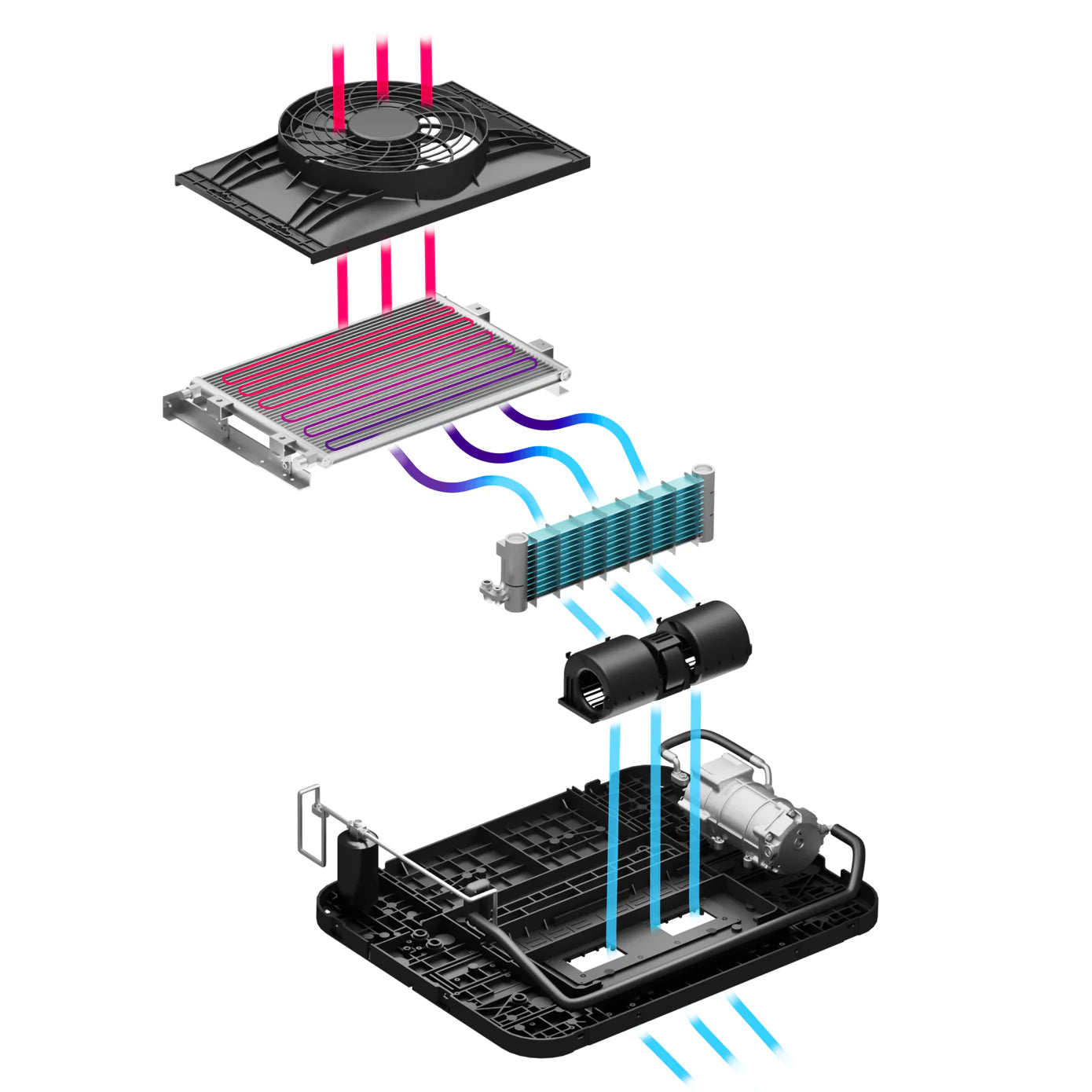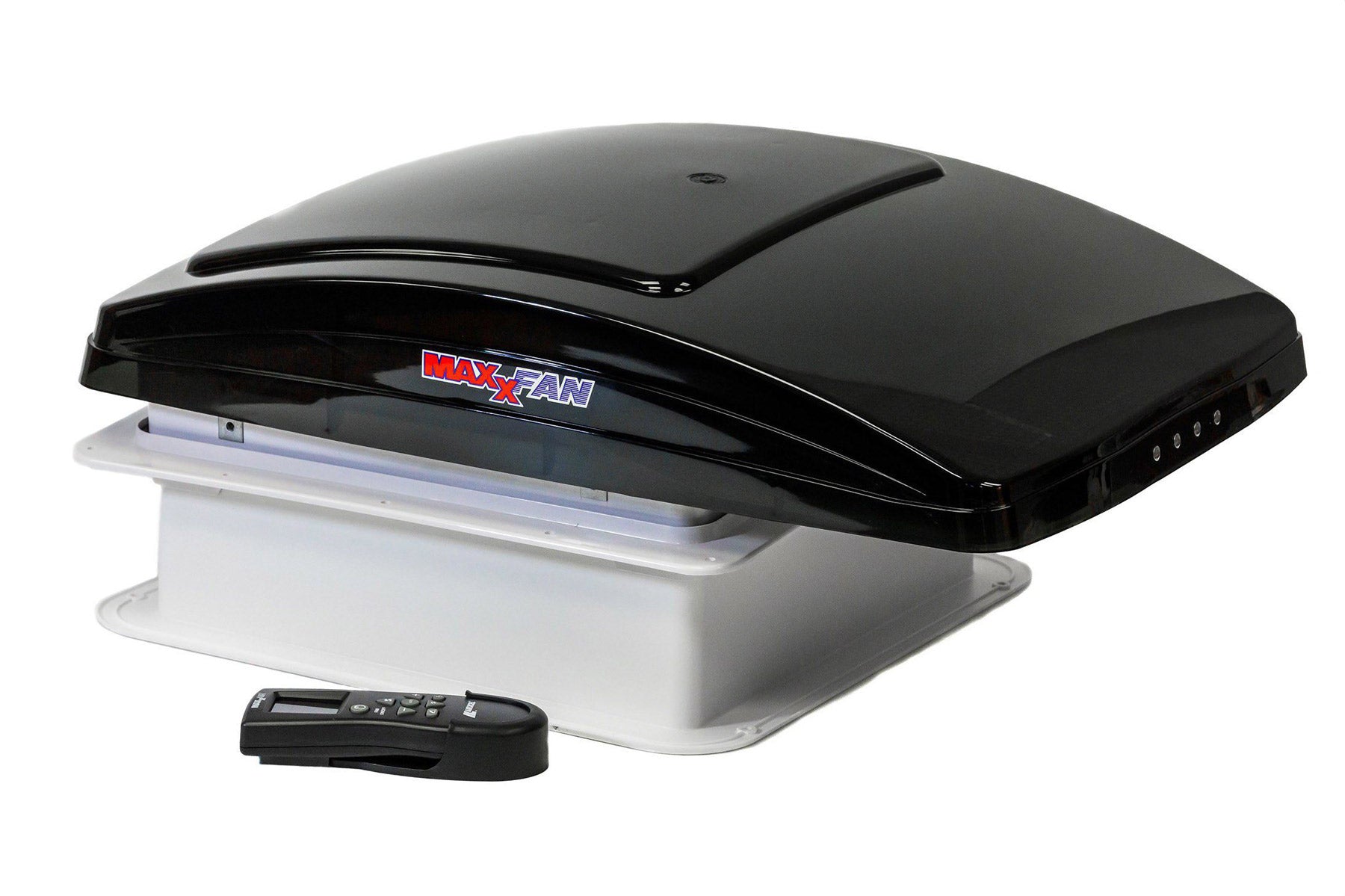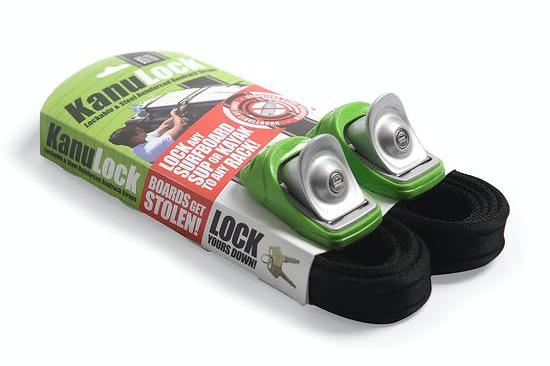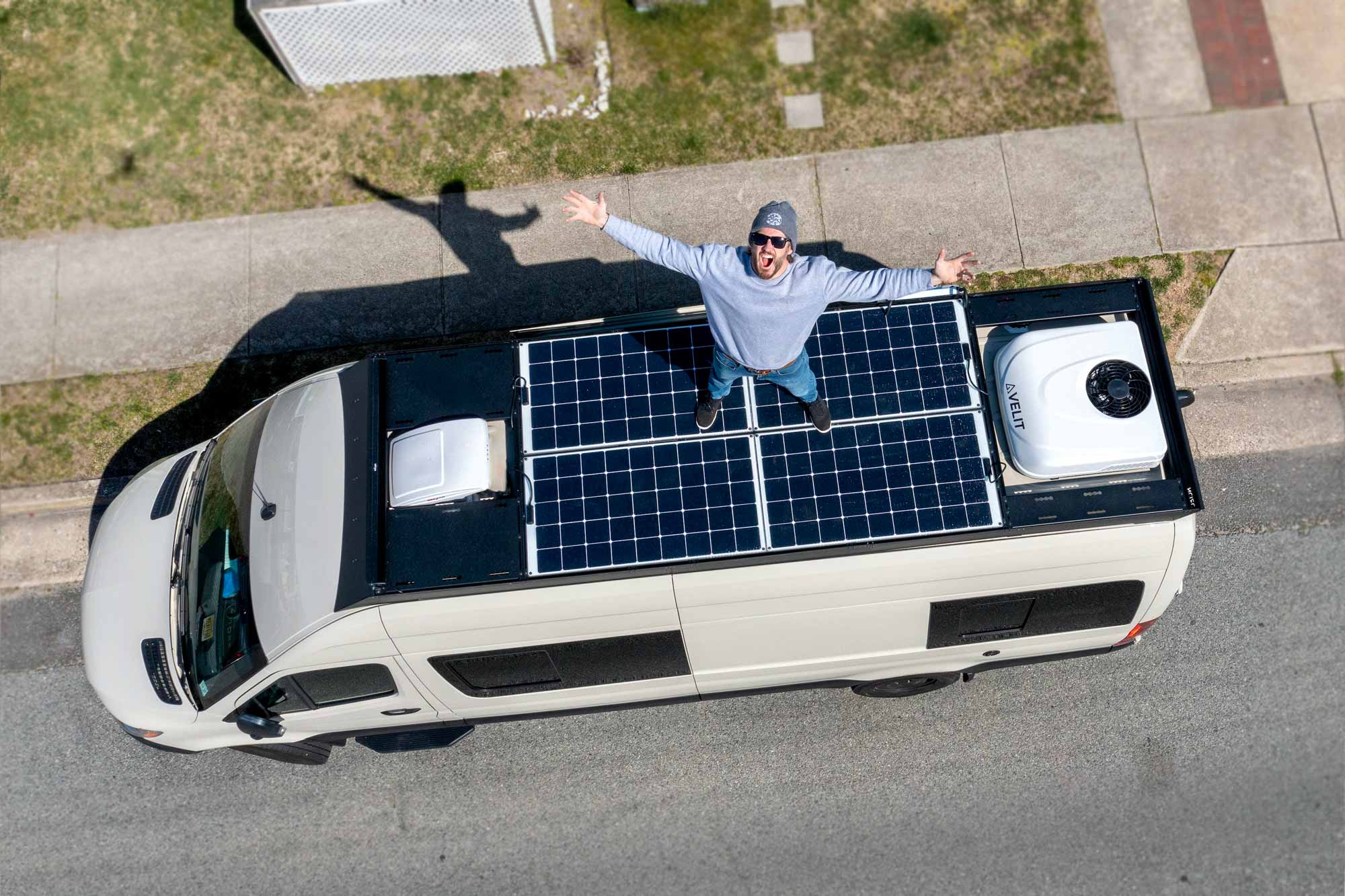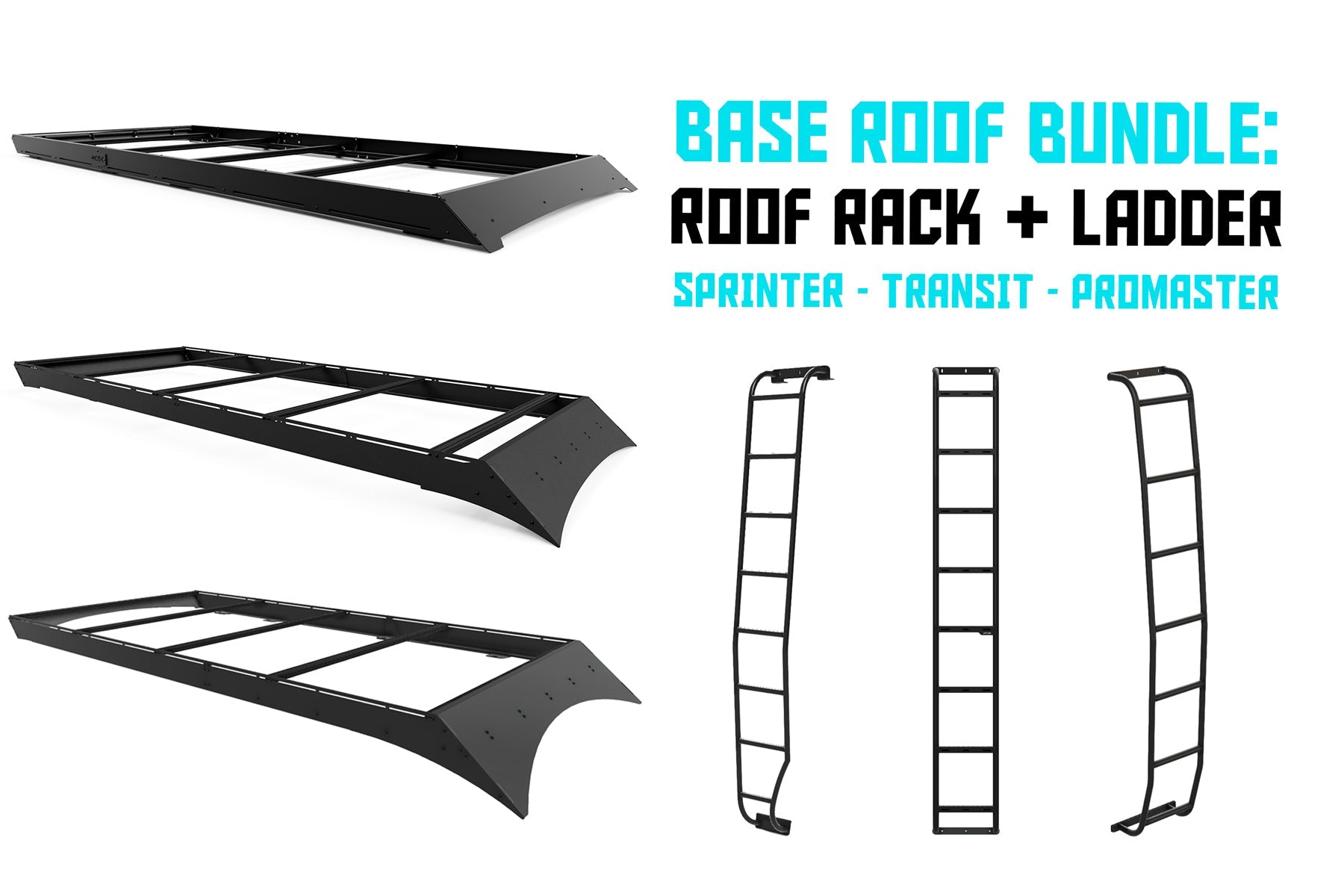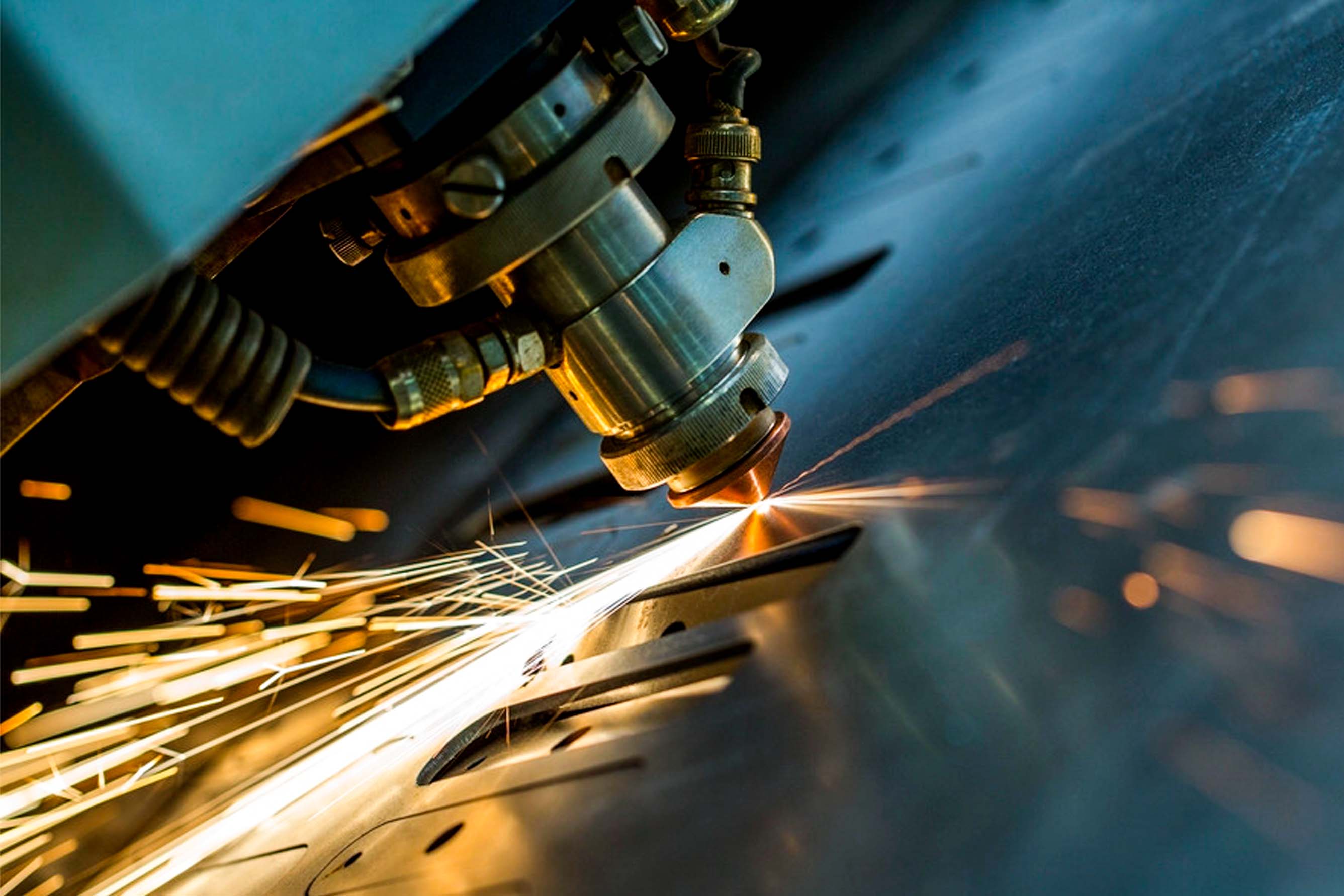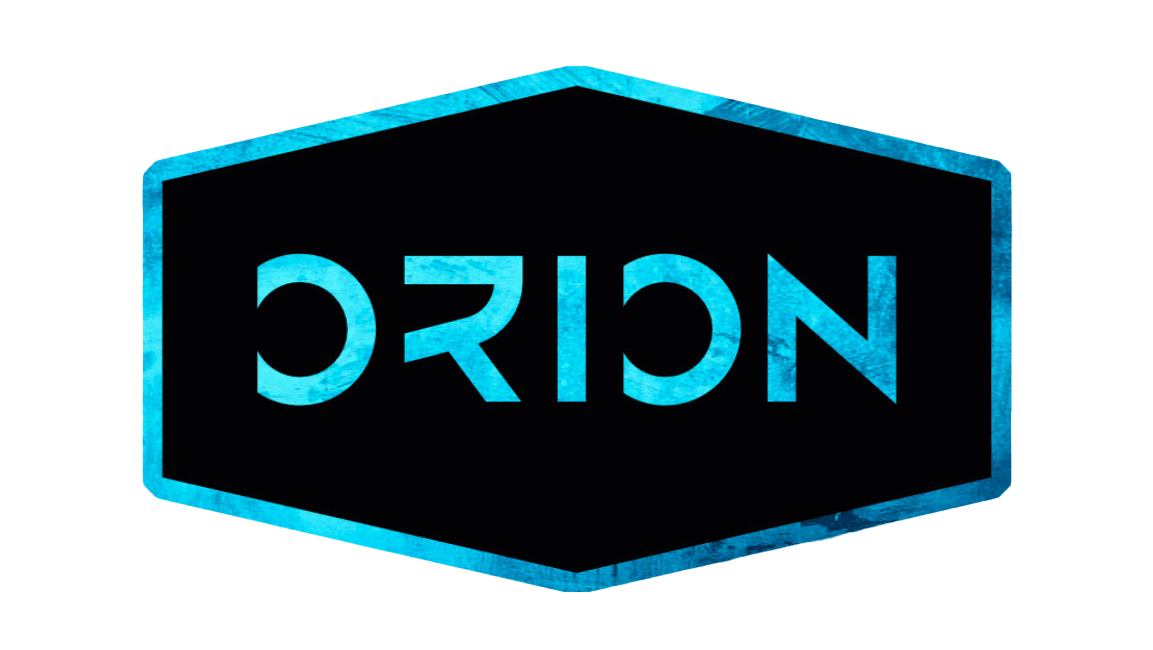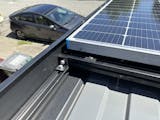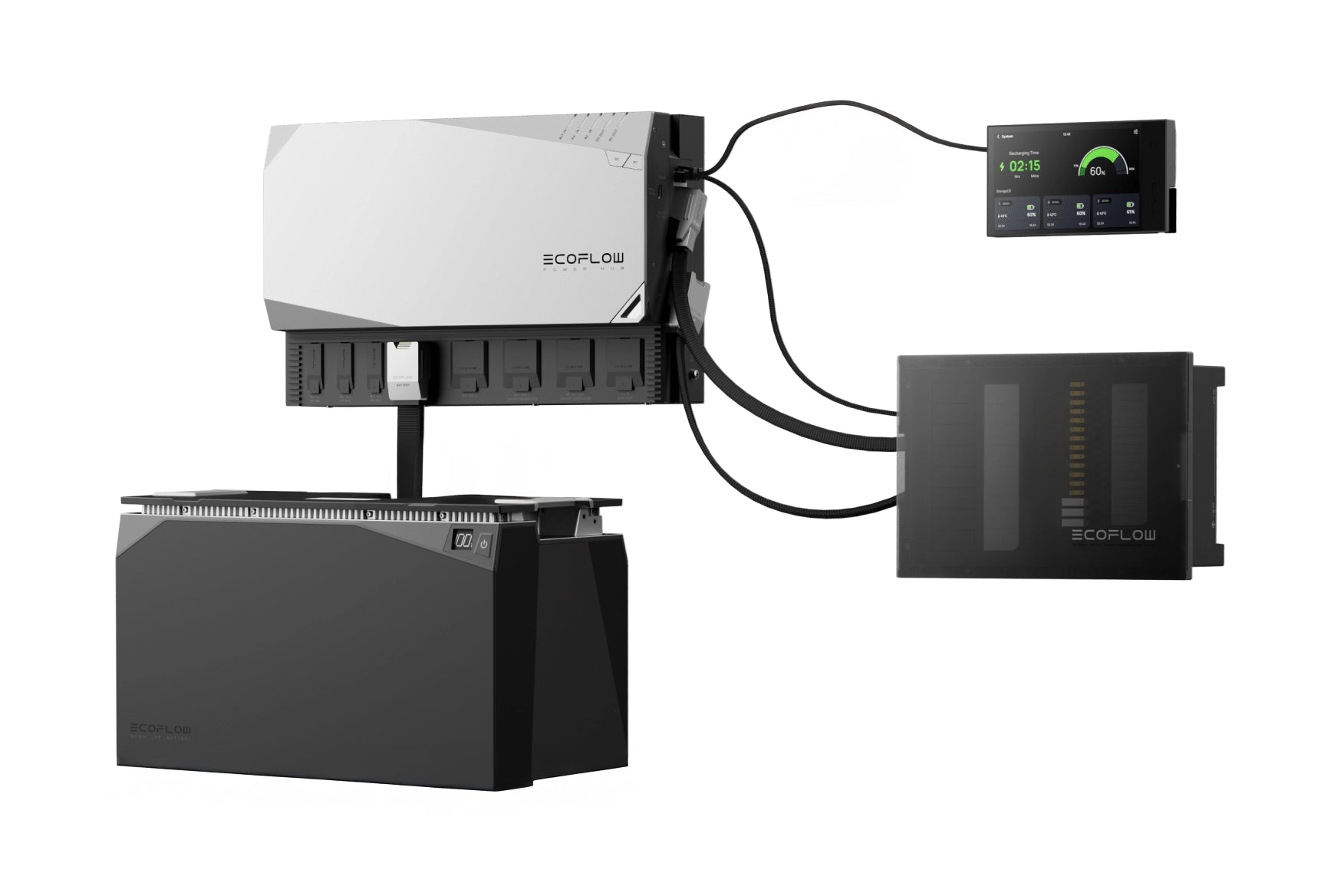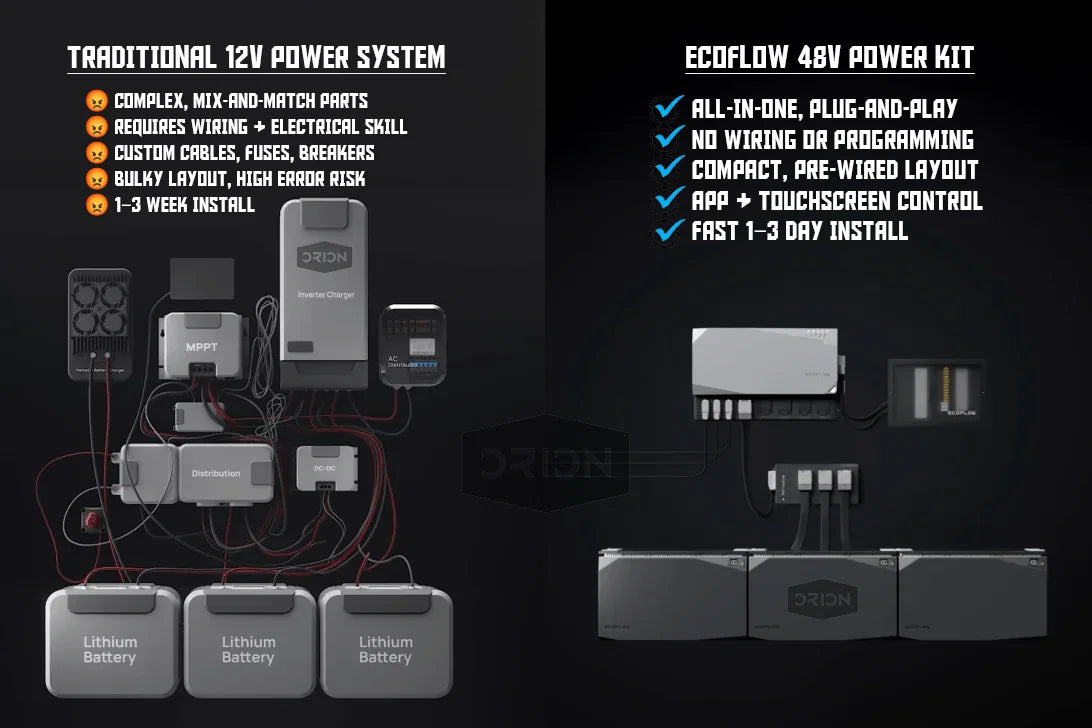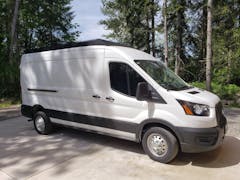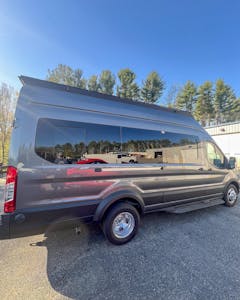FAST & FREE SHIPPING
G3 DIMENSIONS: 58.7" Length x 27.5" Width x 1.38" Depth
The Renogy G3-200 watt panels fit sideways inside our Promaster and Transit Racks and are our top rigid panel choice to maximize your solar input. If you have a Sprinter Rack please look at the 175-watt panel instead.
FEATURES:
Installation Ready
- Pre-drilled holes on the back of the panel allow for fast mounting
- Optimize solar performance when paired with our Promaster Stealth+ Flush Solar Panel Brackets or Sprinter Stealth+ Flush Solar Panel Brackets along with a Stealth+ Roof Rack
- Advanced encapsulation material with multi-layered sheet laminations enhance cell performance and provide a long service life
- EL-tested solar modules; no hot-spot heating guaranteed
- Bypass diodes minimize power drop caused by shade
- TPT back sheet ensures smooth performance over a long period of time
- Guaranteed positive output tolerance (0-3%); withstands high winds (2400Pa) and snow loads (5400Pa)
- Corrosion-resistant aluminum frame allows extended outdoor use; the panels can last for decades
- Anti-reflective, high transparency, low iron tempered glass with enhanced stiffness and impact resistance
- IP65-rated junction box provides complete protection against environmental particles and low-pressure water jets
- Can be used for many different applications
- Ground mount compatible
- Compatible with on-grid and off-grid inverters
MORE INFO
The Renogy 200 Watt 12 Volt Monocrystalline Solar Panel is the perfect component for a larger solar power (PV) system. The panel includes solar connector leads that extend from the junction box affixed to the back. Each Renogy 200W Monocrystalline Solar Panel is quality tested to ensure safety and longevity. Built durable for outdoor use, these panels are capable of withstanding heavy snow and strong wind loads. Whether you plan to use the solar panel for a new van conversion or your cabin in the mountains, this panel can be a great start or addition to any Renogy off-grid system!
Q&A
-
What’s the difference between monocrystalline and polycrystalline panels?
Polycrystalline panels, which are light blue in color, are less efficient than monocrystalline panels, but they are also cheaper. Monocrystalline panels, which are darker in color, are more space-efficient. If you have a limited area on a roof, we’d recommend monocrystalline panels to be able to make the most out of a small space.
-
How many solar panels do I need?
To determine what size system will best fit your needs, make a list of all the appliances and devices you plan on running. The main appliances to take into consideration when addressing energy needs may include a TV, lighting, water pump, laptop, fans, microwave, and refrigerator.
-
How do I maintain solar panels?
Solar panels are low-maintenance. We encourage you to wash off the panels at least once a year to remove any dirt or other residue that may have been collected. In the winter, use a snow brush to remove snow from the panels (although panels generate enough heat to typically melt off most snow.) In the fall, we’d recommend brushing off any leaves that may collect on the surface of the panels.
